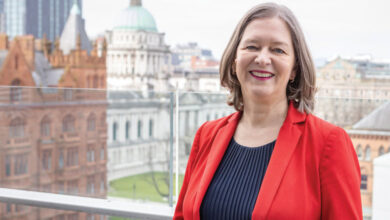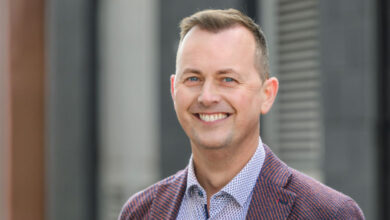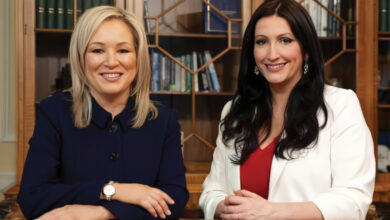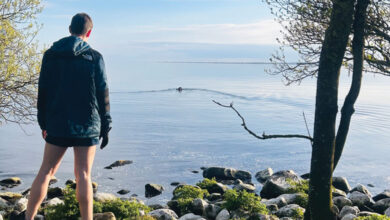Mid Ulster: an overview
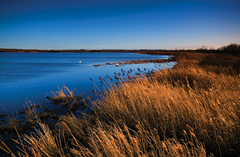 A summary of the area’s population, economy and governance.
A summary of the area’s population, economy and governance.
Taking up the western shore of Lough Neagh, the Mid Ulster region covers the areas of Magherafelt District Council, Cookstown District Council and Dungannon and South Tyrone Borough Council.
All three will be combined to form the Mid Ulster council in 2015 with a small exception: the Charlemont ward will move from Dungannon into the new Armagh, Banbridge and Craigavon council area.
At the 2011 Census, the three councils had a total population of 139,903, distributed as follows:
• 57,852 in Dungannon (41.4 per cent);
• 45,038 in Magherafelt (32.2 per cent); and
• 37,013 in Cookstown (26.5 per cent).
When Charlemont is excluded, Dungannon’s population falls to 55,078 (40.1 per cent) and Mid Ulster’s to 137,129. Magherafelt’s population share rises slightly to 32.8 per cent and Cookstown’s to 27.0 per cent.
Dungannon’s population increased by
21 per cent between 2001 and 2011: the highest rise of any council area in Northern Ireland. The populations of Cookstown and Magherafelt each grew by 14 per cent.
The population increases are due to local people choosing to bring up their families in a rural area (a common trend across Northern Ireland) and large scale immigration from Eastern Europe and Portugal, for work in local factories. Dungannon has the largest foreign-born population in Northern Ireland (10.4 per cent).
Under the direct rule plans for seven ‘super-councils’, most of the area would have been merged into the West council area, taking in Cookstown, Dungannon, Fermanagh and Omagh. Magherafelt, meanwhile, would have joined the North West.
The town of Dungannon was traditionally the seat of the earls of Tyrone. Hugh O’Neill, the second earl, was among the 99 chieftains who set sail for Europe in the Flight of the Earls in 1607. His castle passed to Sir Arthur Chichester, the leader of the Plantation.
Cookstown, a prominent market town with the longest main street in Ireland, is also well-known for the nearby College of Agriculture, Food and Rural Enterprise campus at Loughry. The Desertcreat community safety college, training recruits for the PSNI, Fire and Rescue Service, and Prison Service, will also raise the area’s profile.
Magherafelt sits beside the Sperrins in County Londonderry and is the hub for its mainly rural district. The Glenshane Pass twists up into the range, which reaches up to 678m at its highest point: Sawel Mountain.
Economy
Farming has traditionally been the mainstay of the area’s economy, although Dungannon has also carved out a niche in light engineering and food processing. Powerscreen and Moy Park are both major employers. Construction rose during the boom years but fell with housing crash.
A breakdown of the local workforce was provided by the 2011 Census of Employment and 2012 Agricultural Census.
One in four employees (25.8 per cent) were employed in manufacturing, with Dungannon having the highest rate
(31.8 per cent). Manufacturing also employed 22.8 per cent of Cookstown’s workforce and 19 per cent in Magherafelt.
Across the area, 22 per cent of employees were in the public sector. This rate was highest in Magherafelt (28 per cent), followed by Dungannon (21 per cent) and Cookstown (17 per cent).
The agricultural workforce stood at 7,565 people, of whom 3,008 worked on farms in Dungannon, 2,320 in Cookstown and 2,237 in Magherafelt.
Alongside the Sperrins, the area’s tourist attractions include the Ardboe high cross and Bellaghy bawn. Around 100 fisherman still fish for eels in Lough Neagh but the lough’s major industry is now sand extraction.
In the census, the median age in all three councils was 34, compared to the regional figure of 37. Reflecting this younger population, the percentage of people with a long-term health condition (28.5 per cent) is lower than the regional figure (31.4 per cent).
However, a higher than average share of working age population had no qualifications: 31.9 per cent compared to 29.1 per cent. Claimant counts for jobseeker’s allowance varies around 4 per cent, a relatively low figure but this trend is partly explained by emigration.
In terms of community background, the new council area will be mainly Catholic (63.4 per cent) with a large Protestant minority (33.8 per cent) and 2.8 per cent from other backgrounds.
Dungannon has 22 councillors while Cookstown and Magherafelt have 16 each, despite the difference in their population size. This will mean an overall reduction from 54 councillors to 40 when the new council is formed.
Sinn Féin has an outright majority in Magherafelt and is the largest party in the two other council areas. The remaining seats are held by the DUP, SDLP and UUP and one independent in Dungannon.
Mid Ulster has a different shape in Assembly and Westminster elections. Most of Dungannon and South Tyrone belongs to the Fermanagh and South Tyrone constituency. However, Coalisland and the surrounding areas are joined with the Cookstown and Magherafelt districts to make up the Mid Ulster constituency.
As with all other constituencies, it has six MLAs. The 2011 Assembly election returned Martin McGuinness, Michelle O’Neill and Francie Molloy (for Sinn Féin), Ian McCrea (DUP), Patsy McGlone (SDLP) and Sandra Overend (UUP).
The current constituency, in its current form, was formed in time for the 1996 Forum elections. Sinn Féin’s Martin McGuinness was elected MP in 1997 and was succeeded by his party colleague, Francie Molloy at the by-election held on 7 March this year

